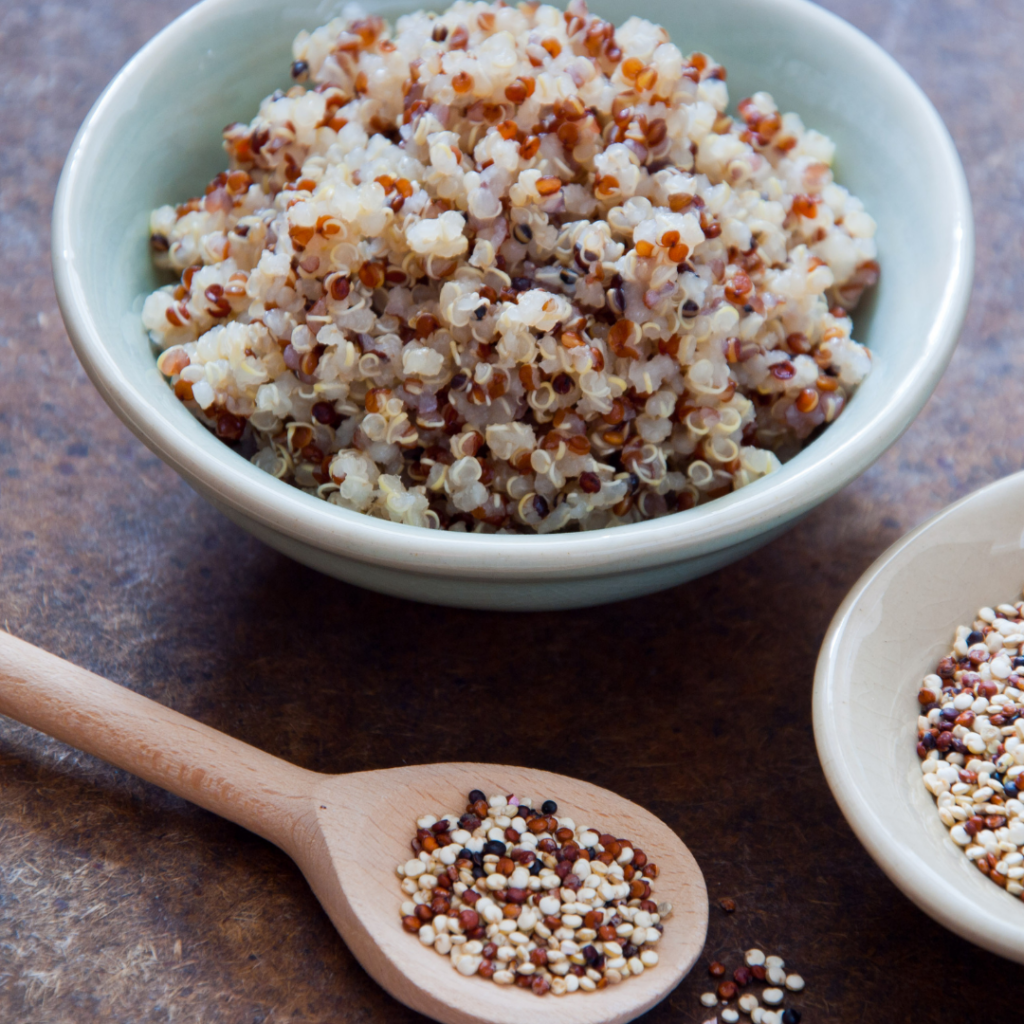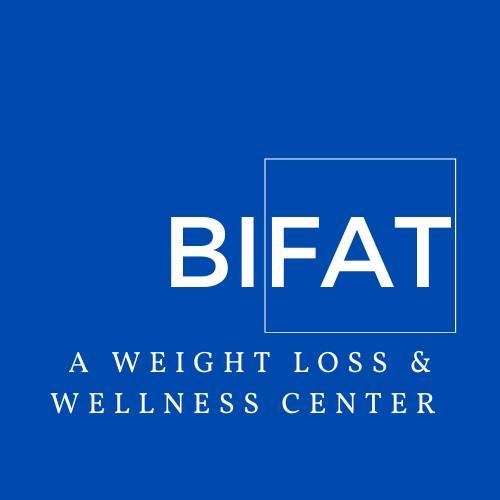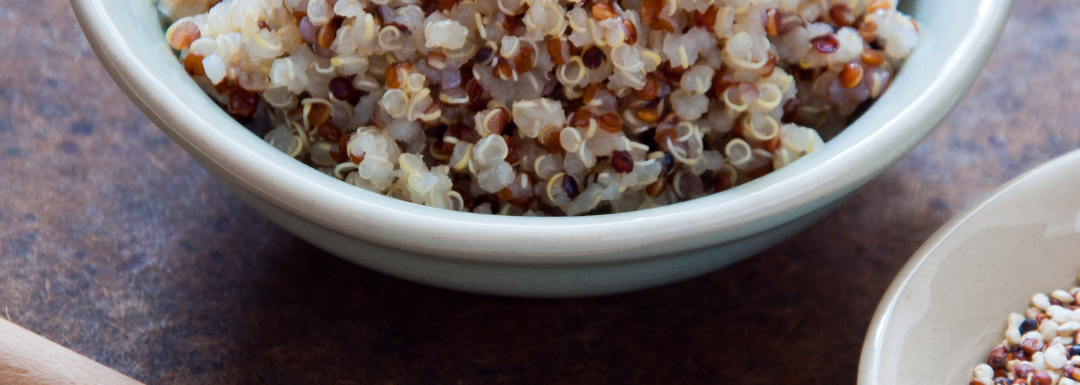Studies suggest that most diets around the world are energy-rich and nutrient-poor. Let’s face it, many foods provide us with calories (energy) without much nutritional value.
On the other hand, nutrient-rich, whole foods are rich in nutrients, minerals, and vitamins that are important for health, without too much salt, sugar, or saturated fat. The basic concept of a nutrient-rich, whole-food diet is the amount of nutrients you’ll get for the calories consumed.
Think of it this way: You’re reading the nutrition labels trying to decide between a quinoa or brown rice package. The rice has about 170 calories per serving but few vitamins and minerals. And although brown rice has less fat per serving, quinoa has more protein, double the fiber, and ten times the amount of folate. It also has more magnesium, potassium, phosphorus, iron, and zinc. So the quinoa option is the more nutrient-rich choice.
How to Identify Nutrient-Rich Foods
Make nutrition labels your friend. Look for nutrients like calcium, vitamin D, potassium, magnesium, and fiber. Try to avoid added sugars and sodium.
Trans fat is now less of a concern because it was banned from the U.S. food supply in 2015. But, it’s very important to read your food labels to avoid the ingredient “partially hydrogenated oil,” a source of trans fat. Food labels can have 0 grams of trans fat listed on the label and have up to 0.4 grams of trans fat from this harmful ingredient.
How to Add Nutrient-Rich Whole Foods to Your Diet
Try to choose complex carbohydrates as they slowly release sugar (glucose) into the blood and provide the body with a steady energy supply. Examples of complex carbohydrates are as follows:
•Quinoa
•Beans/lentils
•Brown rice, barley, oatmeal
•Sweet potato
•Corn
•Chickpeas
When choosing starchy carbohydrates, whole-grain options are best (e.g., barley, quinoa, millet, oats, brown rice, rye, sorghum, teff, popcorn, and wheat). They are high in fiber and help keep you full for longer, which may contribute to weight management.
A balanced approach to your diet is important. Your meals should include a variety of fruits and vegetables, whole grains, and healthy sources of protein (legumes, nuts, fresh fish, low-fat dairy, or lean cuts of meat).

What Should I Avoid?
Try to avoid refined sugars, which are usually found in processed foods. These include foods like packaged snacks, candy, soda, and cereals. These foods may leave you feeling tired and have been linked to weight gain, Type 2 diabetes, and heart disease.
Sometimes it can be difficult to tell if food is processed. But reading the ingredients can help if you’re not sure. If any ingredient listed on the label isn’t used in kitchens, it’s probably processed food. Examples include fructose, high-fructose corn syrup, maltodextrin, and lactose, to name a few.


Leave a Reply